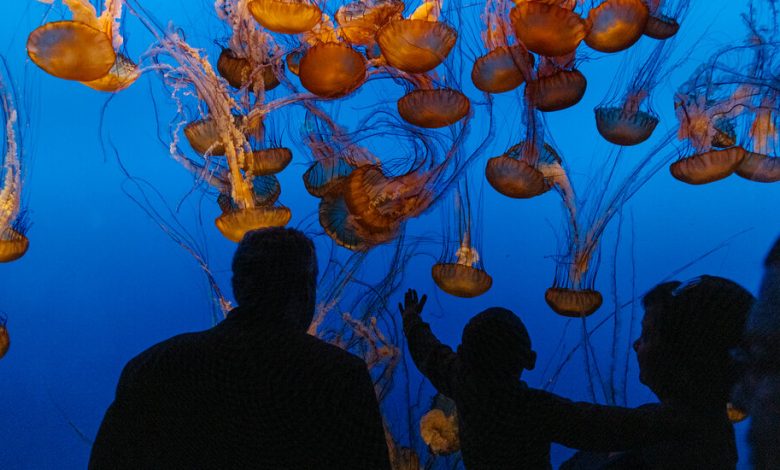A Cheapskate in Monterey

My first view of Monterey Bay on California’s Central Coast was thrilling — a raft of 40-something sea otters — and free. The next time I would get close to them, at the Monterey Bay Aquarium, it cost nearly $60. That split between free access to outdoor wonders and investment-grade attractions epitomized my experience in the area.
Like so much of coastal California, the Monterey Peninsula, home to famous Pebble Beach golf courses and exclusive towns like Carmel-by-the-Sea (known simply as Carmel), connotes wealth. It is encompassed by Monterey County, a roughly 3,300-square-mile area, which includes Big Sur, where accommodations at luxury resorts like the Post Ranch Inn start at around $1,500 a night.
With a budget of less than half of that for three days, I put Monterey — the town and the county — to the frugal test. In January, a quiet and thrifty time of year, I trusted parks and preserves, unsung hotels and small businesses to keep things economical, even if sampling the variety of Monterey — ranging from historic cities to redwood forests, tide pools and vineyards — required renting a car ($175).
Seeking Steinbeck

Statues of John Steinbeck characters from his 1945 novel “Cannery Row,” in the Cannery Row plaza in Monterey.Credit…Jason Henry for The New York Times
My introduction to Monterey, John Steinbeck’s 1945 classic novel “Cannery Row,” describes its waterfront lined in sardine canneries as “a poem, a stink, a grating noise, a quality of light, a tone, a habit, a nostalgia, a dream.” It’s hard to find that gritty romance along today’s Cannery Row, which boomed in the 1930s and ’40s, before overfishing killed supply.
